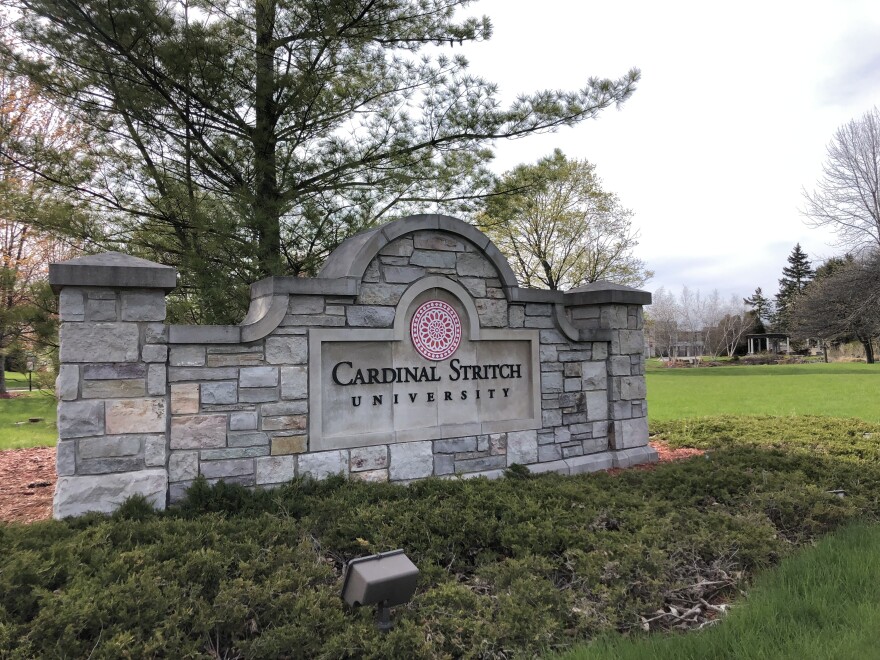Cardinal Stritch University in Milwaukee’s north shore suburbs is closing after an 86-year run.
The news of Stritch’s closure came as a shock to students and alumni. But for those following college enrollment trends, it’s not as much of a surprise.
Nate Johnson studies higher education data as principal consultant at Postsecondary Analytics, which conducts research for state agencies and colleges.
"A lot of smaller institutions, especially private ones that don't have a lot of support either from state governments or big endowments are struggling to keep up as underlying demographic trends trend downward," Johnson says. "We're becoming an older country. Often it's those smaller institutions that really struggle to balance the books at this point."
Enrollment at Cardinal Stritch has nosedived, along with tuition revenue. Stritch’s student count dropped from about 6,000 in 2010, to about 3,000 in 2015. This year, enrollment is just above 1,000.
"It looks bad," says Johnson. "Any institution that's declined by more than half in six years needs to figure out something to do different. Community colleges have had some pretty steep declines in enrollment, but they get support from either the state or local governments, or both, that help them keep their doors open through those times."
Johnson points to Concordia University in Portland, which closed in 2020, as another example.
Another small Wisconsin college, Holy Family College in Manitowoc, closed in 2020. News reports said there were less than 400 students enrolled at the time.
"The number of nonprofit [colleges] closing is still pretty small, so each generates a lot of local concern and headlines when they close the doors," Johnson says.
Johnson says higher education is struggling with three major enrollment headwinds. The first is demographics: the number of typical college-age young people is declining, due to declining birthrates in the 2000s. That means colleges are competing for fewer and fewer students.
Low unemployment rates also steer people away from college and into the workforce.
"Not going to college becomes more attractive when you can get a $15 or $20/hour job right out of high school," Johnson says. "That's another factor in the shorter-term that has been driving some of the declines in enrollment.
The COVID pandemic accelerated declines in college-going rates, and numbers haven't bounced back. Johnson says the pandemic also drove up demand for online higher education.
"While in-person instruction has come back to a large extent, it's still a lower proportion of the total than it was before the pandemic," Johnson says. "That can be hard on small colleges that rely on in-person, small classes. It's a smaller part of the sector than it used to be."
Johnson says one college sector that hasn't been particularly affected by enrollment challenges: highly selective private schools. To increase enrollment, they can just accept more students off their waitlists.
_






